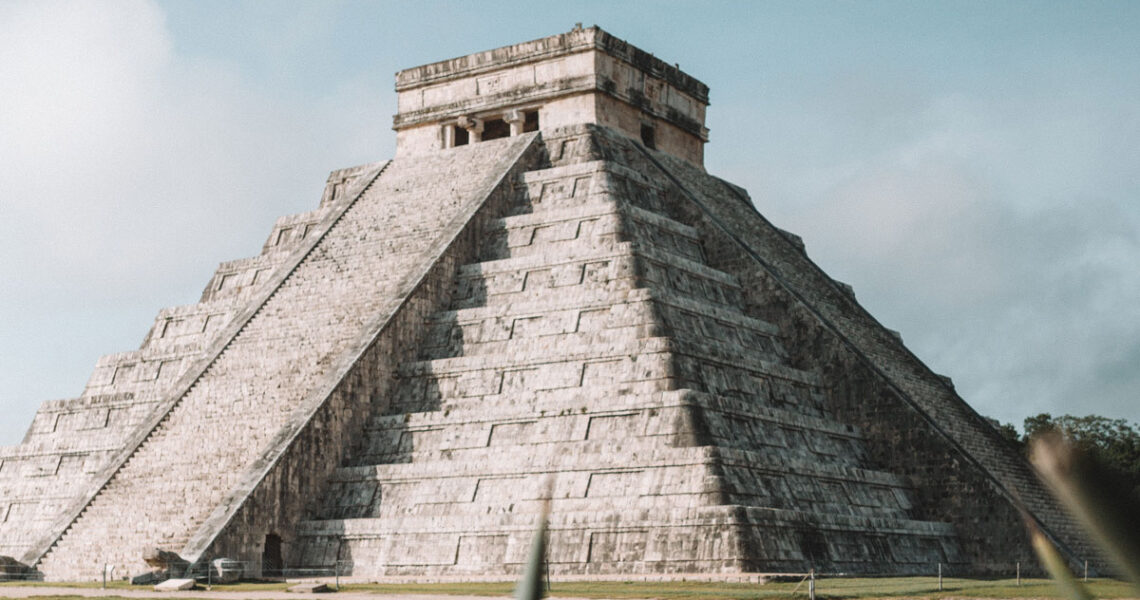Where did the Mayans originally come from?
Few days back we gave you a brief about the Sindhu and the Maya connections. The astronomy, calendar, and apocalyptic predictions have been well documented, but there’s one part of Maya history that researchers have yet to ponder upon as how this civilization came to be. So let’s begin.
History: Since when research started, the historians have believed into two theories in regards to the origin of Maya. According to some pre Columbian researchers, the Maya civilization developed virtually on its own and free of influence; others believe it was a direct offshoot from the older Olmec civilization a group that emerged about 3,600 years ago in what’s now the southern Gulf region of Mexico. However, certain anthropologists claim that the Maya likely developed under the influence of not just the Olmec, but an array of other cultures, as well. Researchers have come across an ancient Maya city, which is in modern day Guatemala. Anthropologists have cited the city as proof that Maya culture descended from the Olmec, pointing to similar plazas, pyramids, and ceremonial structures found in both Ceibal and nearby La Venta which is a coastal city that was once the cultural hub of Olmec civilization. Previous excavations showed that Ceibal’s structures were erected well after those in La Venta, lending credence to those who describe the Olmec as the Maya’s true mother culture. In terms of other scientists, it’s unlikely that the Olmec gave direct rise to their regional successors. Using radiocarbon dating, he and his team found that Ceibal’s earliest structures predate La Venta by as many as 200 years, suggesting that the Olmec settlement could not have been the primary influence on Ceibal. However, this evidence doesn’t mean that the Maya predate the Olmec, or that their civilization arose within a cultural bubble. In fact, the ceremonial structures he uncovered at Ceibal bear a remarkable resemblance to those from La Venta. The centers of each city were laid out in near-identical fashion; both were oriented northward with the same array of pyramids, platforms, and a central plaza. Inomata also uncovered jade and other precious stones at Ceibal, suggesting that both groups performed similar ritual sacrifices. The most likely explanation is that Mayan culture developed as part of a broader social movement that unfurled across Mesoamerica — a region extending from central Mexico to Central America — between the years 1500 and 800 BC. According to the researcher, these groups likely included early civilizations living along Mexico’s Pacific coast, as well as those who settled in present-day Chiapas, a Mexican state that borders Guatemala. There might be no solid cultural block pertaining to Maya or Olmec. The cause of this social shift remains less clear. It can be something to do with the rise of maize-based agriculture, which likely created new social structures, or perhaps some sort of political upheaval within the Olmec civilization. The city of San Lorenzo was the Olmec cultural centre before La Venta, and this transition — and its resultant power vacuum which may have triggered larger shifts throughout the region.
Mayan and ancient roots: The researchers claim that this is not only a study of a specific civilization but the whole of human settlement. Ceibal predates the emergence of both the Maya calendar and system of writing, but in a press conference held Thursday, Inomata acknowledged that the ceremonial structures his team uncovered suggest that earlier Mayans performed rituals similar to those of their predecessors. Whether or not these rituals were predicated upon a calendar system remains unknown. It’s a thinking of how human society changed or developed.
Hopefully you had a peaceful reading. Stay connected with us for more. Stay safe and healthy.
